Metamorphic Rocks
What are Metamorphic Rocks
Metamorphic rocks form due to the transformation of preexisting rocks in response to environmental changes such as heat, high pressure, and mechanical stress. The parent rock can be sedimentary, igneous, or even a different sort of metamorphic rock. The process of these changes is called metamorphism. The word ‘metamorphic’ is derived from Greek and means ‘To Change Form’.
Conditions suitable for the formation of metamorphic rocks are found deep within the Earth or where tectonic plates meet. They can be smooth or rough, depending on the mineral composition.
Where are they Found
Most metamorphic rocks are found in mountain ranges where high pressures squeeze the rocks together. They pile up to form ranges such as the Himalayas, Alps, and the Rocky mountains. Metamorphic rocks form deep in the core of these mountain ranges. The ribbon-like layers are common property in all metamorphic rocks.
Types
Metamorphic rocks are classified into two different types based on their texture, how minerals align in the newly formed rock.
1. Foliated Sedimentary Rocks
Foliated rocks are rocks that possess a layered appearance. They are formed through extreme pressure in conjugation with heat, which helps elongated minerals attain a foliated pattern, known as foliation. This plating process creates thin layers and directional patterns in the rocks.
Foliated Sedimentary Rocks are found in:
- Antietam National Battlefield, Maryland
- Harpers Ferry National Historical Park, Maryland and West Virginia
2. Non-Foliated Sedimentary Rocks
Non-foliated rocks form much in the same way as foliated rocks under high pressure and extreme heat conditions. The only difference is that non-foliated rocks occur when minerals are irregular or non-elongated. Under high pressure, the minerals compress however they do not align into sheets or platy layers.
Non-foliated Sedimentary Rocks are found in:
- Rock Creek Park, District of Columbia
- City of Rocks National Reserve, Idaho
Metamorphic Rocks Examples
Some common examples of metamorphic rocks are listed and described below, along with their names:
Marble: A non-foliated metamorphic rock produced from the metamorphism of limestone or dolostone.
Anthracite: A non-foliated metamorphic rock made from plant debris due to exposure to high heat and pressure. Most of the oxygen and hydrogen from anthracite have been driven off.
Gneiss: A foliated metamorphic rock has a banded appearance and is made up of coarse mineral grains. It contains abundant quartz or feldspar minerals. Gneiss is produced by medium to high-grade metamorphism.
Hornfels: A fine-grained non-foliated metamorphic rock with no specific composition. The process of contact metamorphism produces it.
Mariposite: A metamorphic rock that contains green mica minerals imparting a green color. The green mica usually accounts for a small percentage of the rock. The significant percentage consists of quartz, calcite, dolomite, ankerite, or barite.
Novaculite: A dense, hard, fine-grained, siliceous, non-foliated metamorphic rock developed from sediments deposited in marine environments where organisms such as diatoms are presented.
Quartzite: A non-foliated metamorphic rock produced through the metamorphism of sandstone. It is composed primarily of quartz.
Phyllite: A foliated metamorphic rock that is made up mainly of very fine-grained mica. The surface is typically lustrous and sometimes wrinkled.
Schist: A foliated metamorphic rock containing significant amounts of mica, allowing the rock to split into thin pieces. Schist is produced by medium to high-grade metamorphism.
Skarn: Also known as tactite, it is a non-foliated metamorphic rock. It forms when carbonate rocks near a magma body are altered by contact metamorphism and metasomatism.
Slate: A foliated metamorphic rock formed through the metamorphism of shale. It is a low-grade metamorphic rock that breaks into thin and fragile pieces.
Soapstone: A non-foliated to weakly foliated sedimentary rock that is soft, dense, and heat-resistant. Soapstone is a rock that consists primarily of talc with varying amounts of other minerals such as micas, chlorite, amphiboles, pyroxenes, and carbonates.
How Are Metamorphic Rocks Formed
The three main agents that cause metamorphism are –
High Temperatures: It is found deep inside the Earth’s crust.
High Pressure: Due to the massive weight of overlying layers of sediments, stresses caused by plates colliding during the formation of mountain building and also due to plates sliding past each other.
Chemical Changes: It is caused by the presence of hot fluids and vapors.
Metamorphism does not cause the complete melting of the initial rock. It only causes changes to a rock by heat or pressure. The rearrangement of the mineral crystals forms metamorphic rock.
There are two ways in which metamorphic rocks are made. The three types of metamorphisms are named and described below:
1. Contact Metamorphism: Occurs when magma comes in contact with an already existing body of rock. When it forms, the current temperature in rocks rises and becomes infiltrated with magma fluid. The area affected is usually small, from 1 to 10 kilometers.
Contact metamorphism produces non-foliated rocks such as marble, quartzite, and hornfels.
2. Regional Metamorphism: Caused by geologic processes such as mountain-building. When exposed to the surface, these rocks bear the extreme pressure that causes the rocks to bend and break. Regional metamorphism typically produces foliated rocks produces rocks such as gneiss and schist.
Uses of Metamorphic Rocks
- Quartzite and marble are used for making buildings and artworks. Quartzite is also used in building railroad tracks.
- Schist and slate are sometimes used in landscape materials. Schist is also used in garden decoration, paving, and sometimes in sculpture making. Slate is good roofing material. It is used for decorative gardening stones, as a base for snooker tables, and as a writing board in the Victorian classroom.
- Gneiss is used to make countertops, headstones, and walls and floors in commercial buildings.
Fun Facts for Kids
- Uplift and erosion help to bring metamorphic rocks to the Earth’s surface.
- Most of the Earth’s crust is made up of metamorphic rock.
- Many metamorphic rocks are made of multiple layers that can be split apart.
- Marble is a type of metamorphic rock made from limestone.
- Schist is a metamorphic rock that develops from slate.
- Slate, a metamorphic rock, forms from shale, clay, or mudstone.
- The Taj Mahal in India is made of marble.
FAQs
Ans. No, granite is an igneous rock.
Ans. No, limestone is a sedimentary rock.
Ans. Slate is formed by regional metamorphism.
Ans. No, sandstone is a sedimentary rock.
Ans. No, shale is a sedimentary rock.
Ans. No, obsidian is an igneous rock.
Ans. A diamond is not a rock, so it is not an igneous, metamorphic, or sedimentary rock.
Ans. No, metamorphic rocks do not contain fossils in them.
Ans. No, pumice is an extrusive igneous rock.
Ans. Recrystallization changes the grain size of metamorphic rock.
-
References
Article was last reviewed on Thursday, February 2, 2023

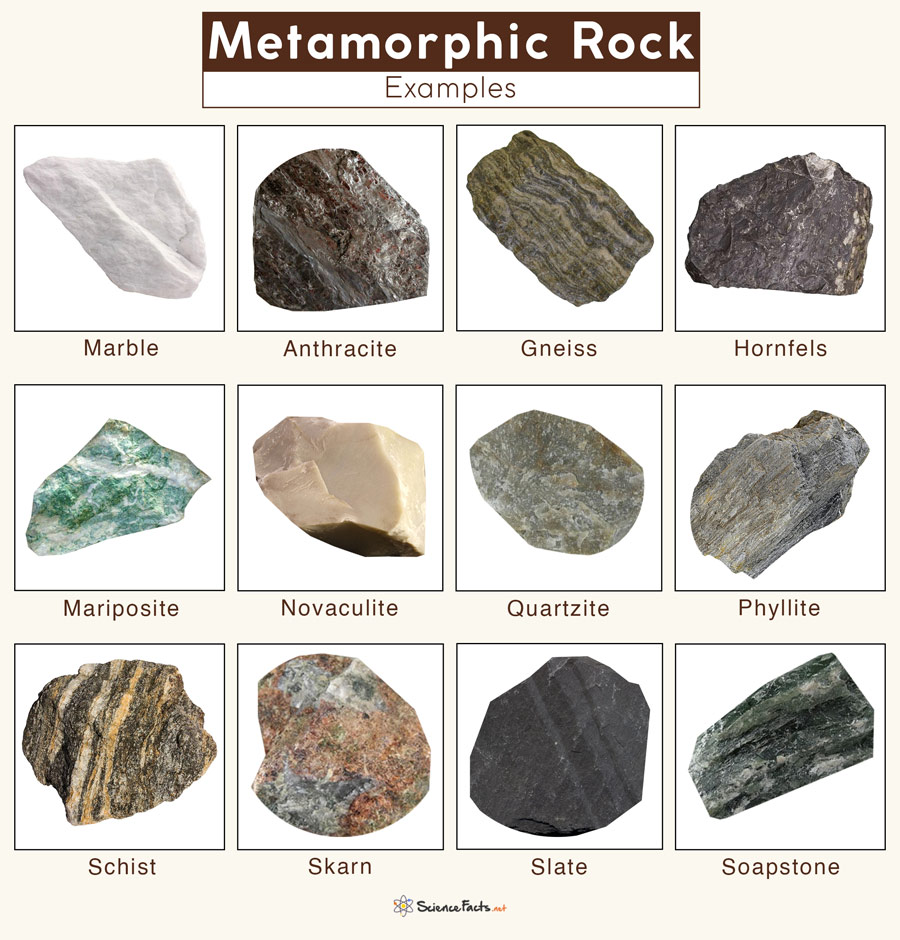
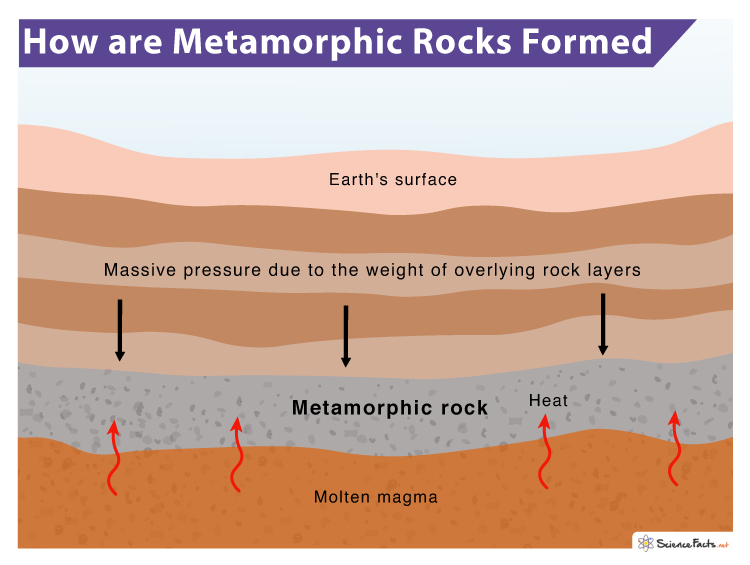
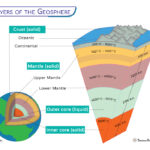
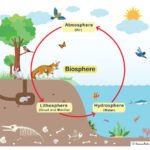
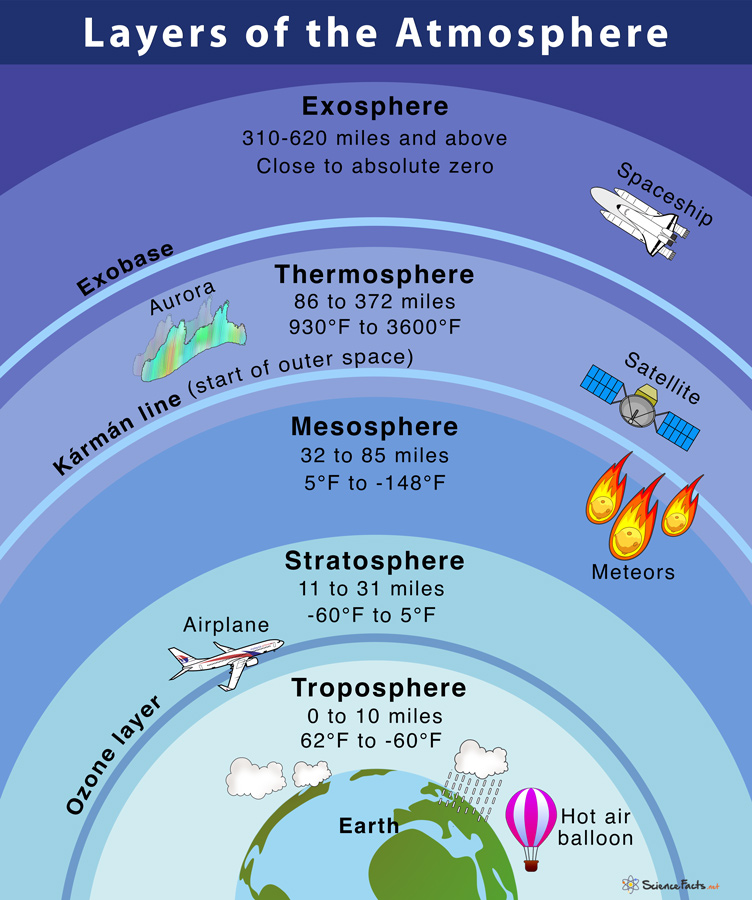

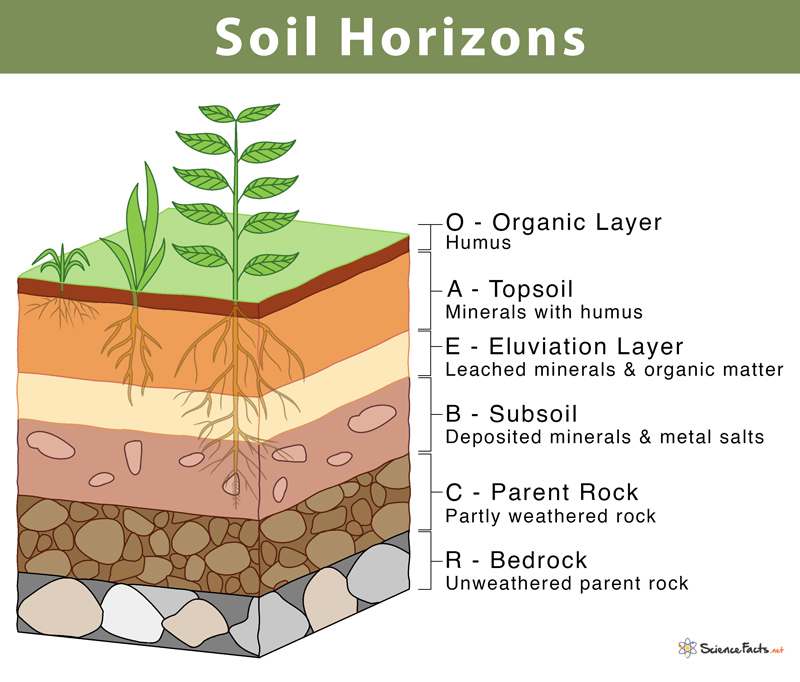
very informative
thank you
Nice
l love it.
It helped it was very nice